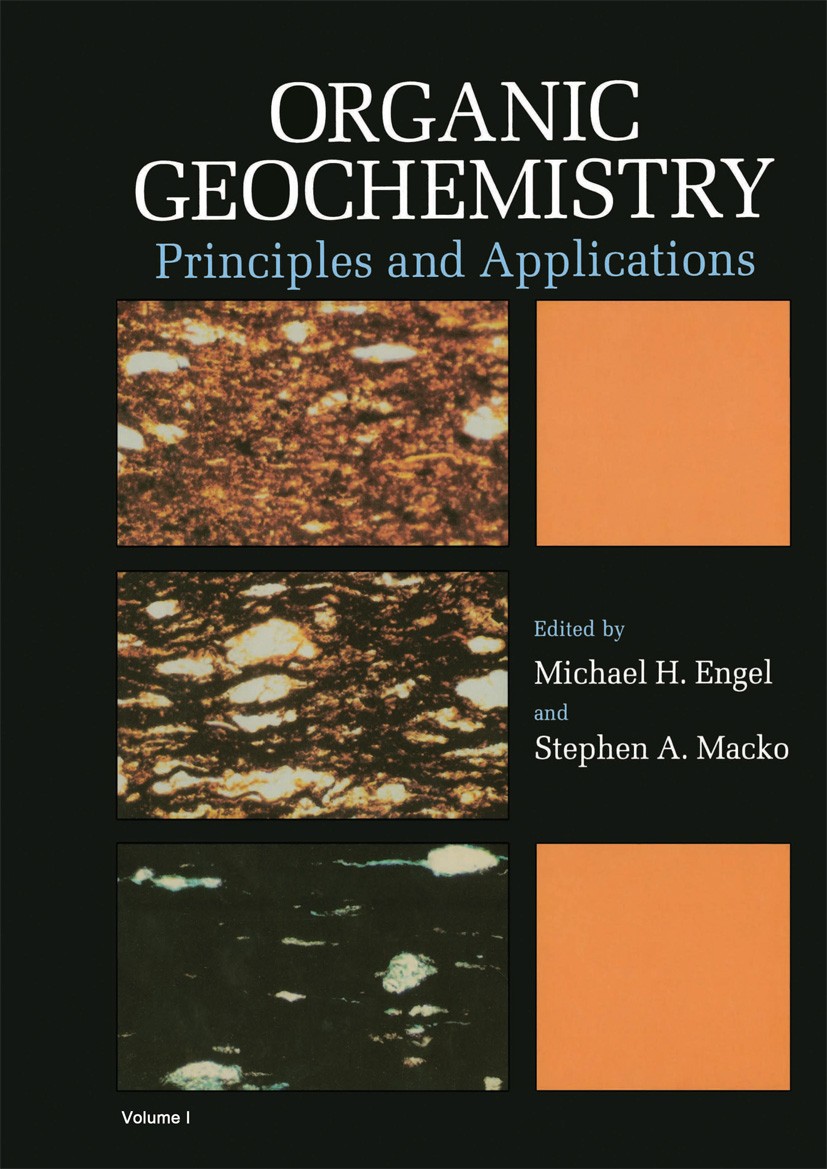Reforestation in northeastern China increased the soil microbial necromass carbon accumulation by influencing glomalin and enzyme activities
IF 2.5
3区 地球科学
Q2 GEOCHEMISTRY & GEOPHYSICS
引用次数: 0
Abstract
Farmland reforestation is a common measure aimed at improving soil properties and preventing soil carbon loss, with microbial necromass carbon (MNC) being a crucial component of soil organic carbon. The changes in soil MNC content are closely linked to microbial community structure and microbial metabolites. However, the precise impact of microbial community, enzyme activities, and glomalin-related soil protein (GRSP) on MNC accumulation following the conversion from farmland to forest remains incompletely understood. To address these knowledge gaps, soil samples were collected from a farmland and two adjacent forests in the black soil region of Northeast China, focusing on the 0–30 cm depth. By utilizing the microbial cell wall’s biomarker amino sugars, the study estimated MNC contents and investigated how reforestation influences MNC levels in farmland, along with exploring the underlying mechanisms. The results revealed a significant increase in soil MNC by 139–167% and soil organic carbon by 25–34% post-reforestation. Moreover, the contribution of MNC to the soil organic carbon pool was enhanced following reforestation. It was observed that GRSP content was predominantly influenced by microbial community composition, with β-1,4-N-acetyl-glucosaminidase and GRSP emerging as key indicators affecting soil MNC levels. Notably, compared to microbial community composition alone, GRSP and enzyme activities exerted a more substantial impact on MNC in soil. In conclusion, this study underscores the significance of GRSP and enzyme activities in shaping soil MNC accumulation, thereby enhancing our understanding of the implications of reforestation on soil carbon stocks and the microbial-driven mechanisms at play.
东北地区复林通过影响球囊素和酶活性增加土壤微生物坏死团碳积累
农田植树造林是一种旨在改善土壤性质和防止土壤碳流失的常见措施,而微生物坏死碳(MNC)是土壤有机碳的重要组成部分。土壤 MNC 含量的变化与微生物群落结构和微生物代谢物密切相关。然而,从农田到森林的转换过程中,微生物群落、酶活性和胶霉素相关土壤蛋白质(GRSP)对 MNC 积累的确切影响仍未完全了解。为了填补这些知识空白,研究人员从中国东北黑土区的一块农田和相邻的两片森林中采集了土壤样本,样本深度集中在 0-30 厘米。通过利用微生物细胞壁的生物标志物氨基糖,该研究估算了 MNC 的含量,并研究了植树造林如何影响农田中的 MNC 水平,同时探讨了其潜在机制。结果显示,植树造林后,土壤中的 MNC 明显增加了 139-167%,土壤中的有机碳增加了 25-34%。此外,植树造林后,MNC 对土壤有机碳库的贡献增加了。据观察,GRSP 含量主要受微生物群落组成的影响,β-1,4-N-乙酰-葡萄糖苷酶和 GRSP 是影响土壤 MNC 含量的关键指标。值得注意的是,与单纯的微生物群落组成相比,GRSP 和酶活性对土壤中 MNC 的影响更大。总之,这项研究强调了 GRSP 和酶活性在影响土壤 MNC 积累方面的重要作用,从而加深了我们对植树造林对土壤碳储量的影响以及微生物驱动机制的理解。
本文章由计算机程序翻译,如有差异,请以英文原文为准。
求助全文
约1分钟内获得全文
求助全文
来源期刊

Organic Geochemistry
地学-地球化学与地球物理
CiteScore
5.50
自引率
6.70%
发文量
100
审稿时长
61 days
期刊介绍:
Organic Geochemistry serves as the only dedicated medium for the publication of peer-reviewed research on all phases of geochemistry in which organic compounds play a major role. The Editors welcome contributions covering a wide spectrum of subjects in the geosciences broadly based on organic chemistry (including molecular and isotopic geochemistry), and involving geology, biogeochemistry, environmental geochemistry, chemical oceanography and hydrology.
The scope of the journal includes research involving petroleum (including natural gas), coal, organic matter in the aqueous environment and recent sediments, organic-rich rocks and soils and the role of organics in the geochemical cycling of the elements.
Sedimentological, paleontological and organic petrographic studies will also be considered for publication, provided that they are geochemically oriented. Papers cover the full range of research activities in organic geochemistry, and include comprehensive review articles, technical communications, discussion/reply correspondence and short technical notes. Peer-reviews organised through three Chief Editors and a staff of Associate Editors, are conducted by well known, respected scientists from academia, government and industry. The journal also publishes reviews of books, announcements of important conferences and meetings and other matters of direct interest to the organic geochemical community.
 求助内容:
求助内容: 应助结果提醒方式:
应助结果提醒方式:


